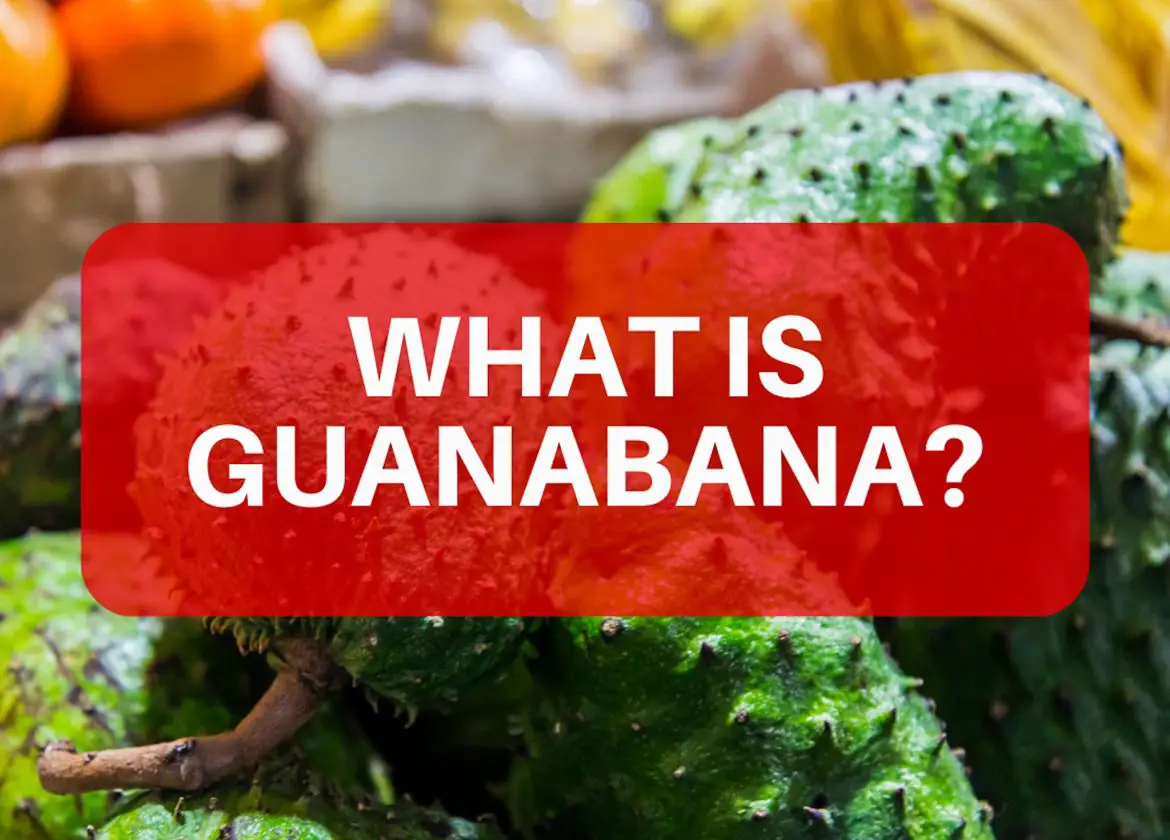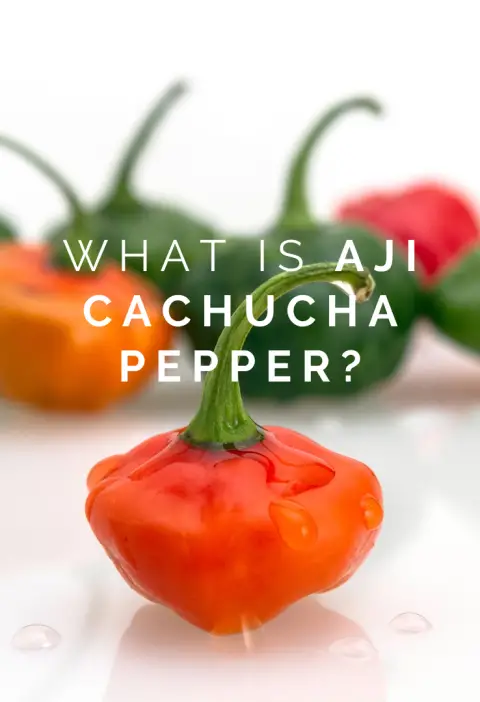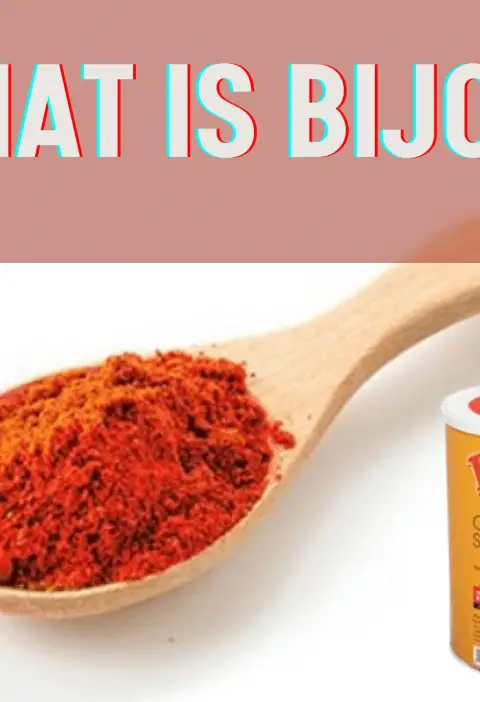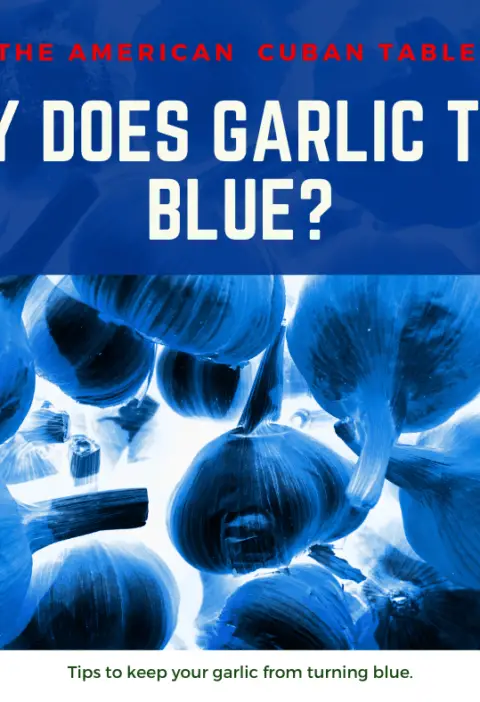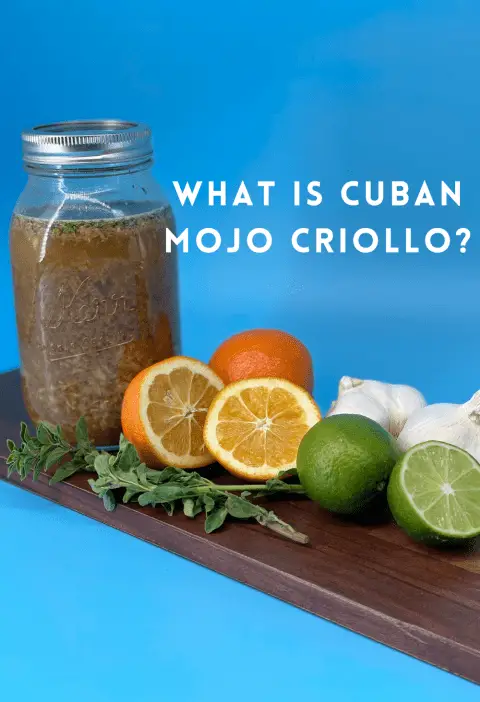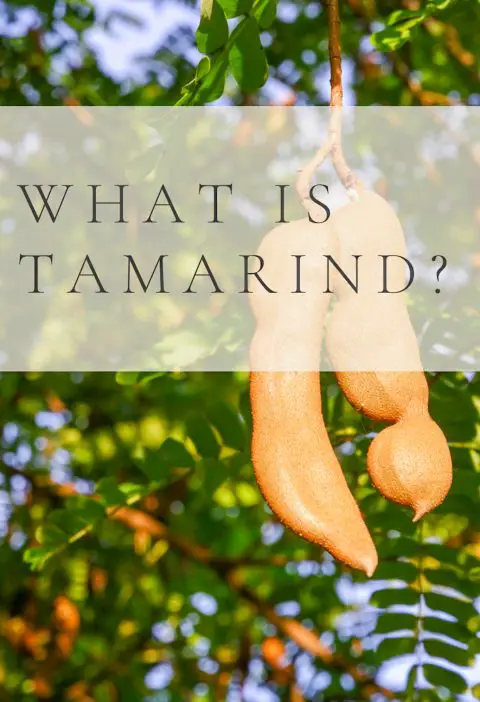While most people are accustomed to finding pineapples and mangoes in their local produce aisle, these are not the only exotic tropical fruits available today. One such tropical fruit that has only begun making its way into supermarkets around the country, is that of soursop.
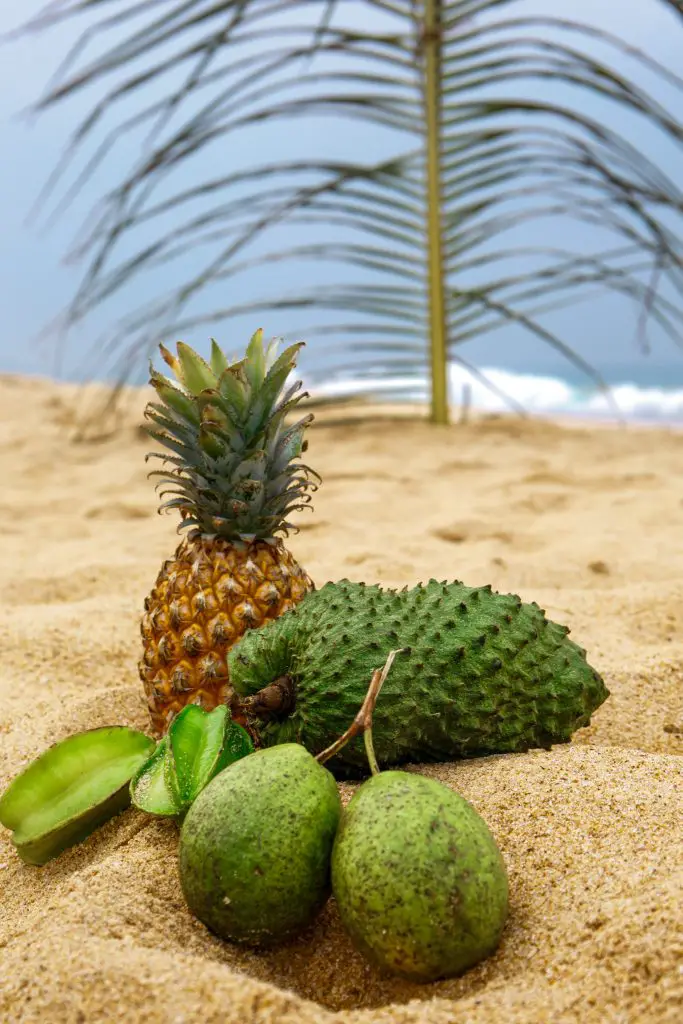
Known throughout Latin America as guanabana, this particular fruit has been used around the world for centuries because of its taste and many health benefits. Whether consumed raw, made into ice cream or even roasted, guanabana is the perfect addition to any regular diet.
What Is Guanabana Fruit?
Guanabana goes by many different names around the world. In Cuba, it is referred to as guanabana, but halfway around the globe in the Philippines is known as guyabano. While the exact origin of the plant is unknown, it is considered to be a fruit species that is native to the American tropics. In fact, it is a part of Brazilian, Peruvian, Mexican, as well as Venezuelan diets. When ripe, it features a greenish-colored skin that appears prickly and has a white, creamy flesh.
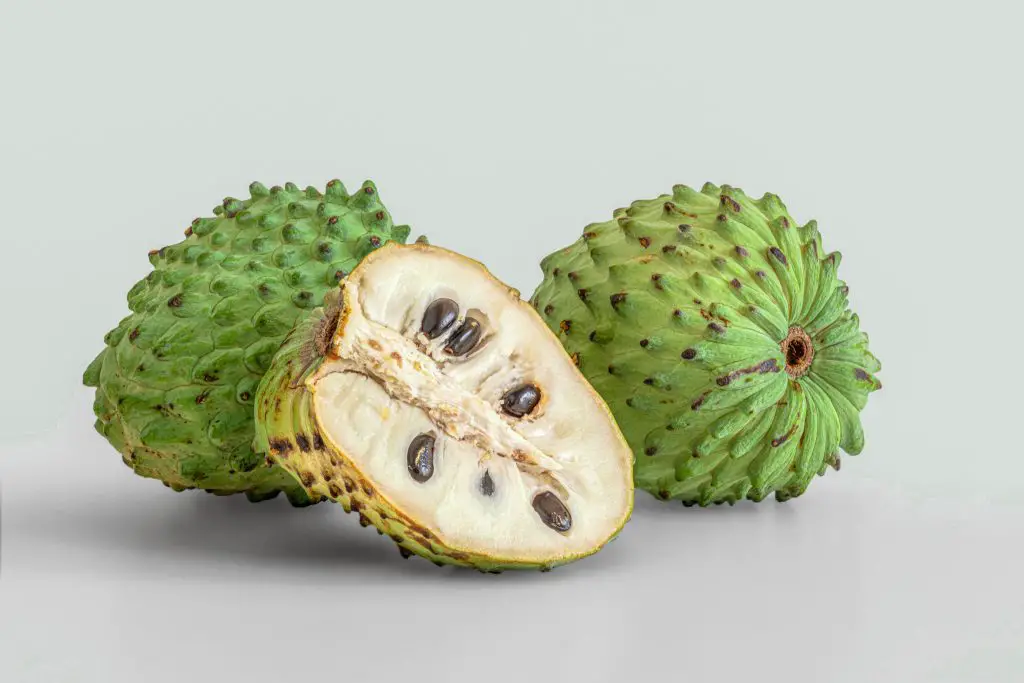
After the Spanish made their way through the Americas, they took this tantalizing tropical fruit with them on their journeys. As a result, it is also widely cultivated throughout Asia and Africa. In Southeast Asia, mature guanabana fruits can way as much as 11 pounds, and measure up to 10 inches in length. Like most tropical fruits, the skin itself is not edible, but the flesh is. However, special caution should be taken because the seeds themselves contain a neurotoxin.
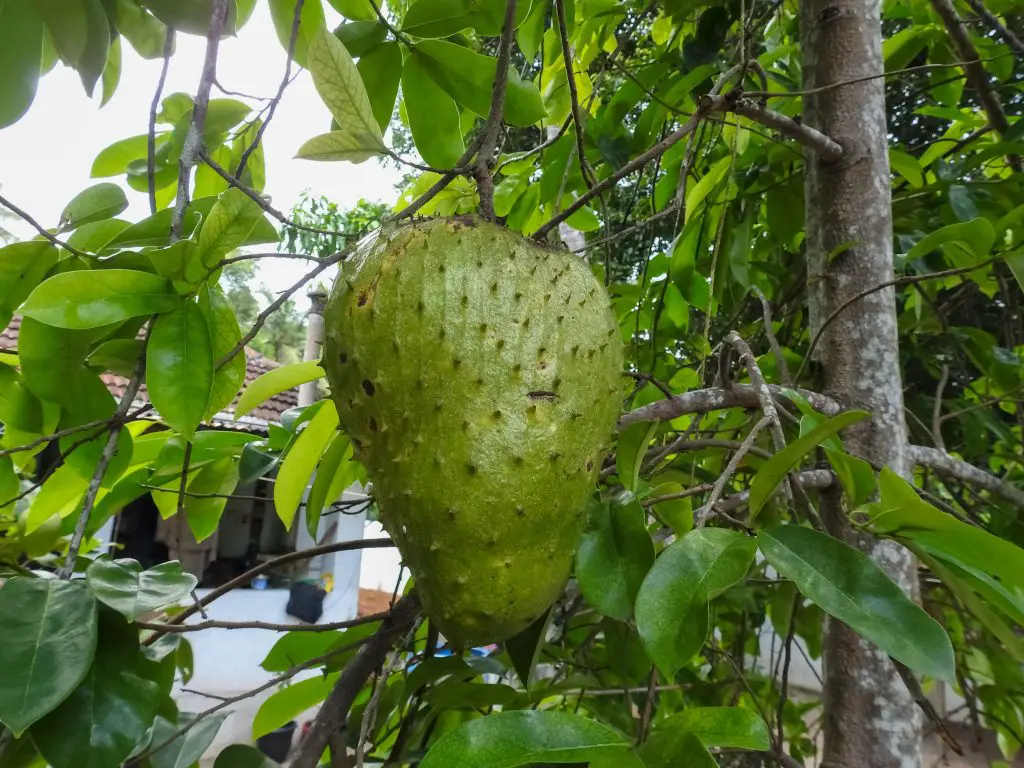
So long as the fruit is picked when ripe, it will have a very pleasant taste to it. The average person who has never consumed a guanabana in the past will find that it has a sweet flavor that resembles a mixture of citrus, strawberry, as well as apple. However, if it is picked too early, then the flesh will be very bitter. Because of its sweet taste, it is commonly used in desserts, beverages, and even ice cream.
What Does Guanabana Taste Like?
To most people in North America who have never consumed a guanabana in the past, describing the actual flavor of the fruit can pose a problem. After all, if you have never tried it then you can only compare it to other similar fruits. Naturally, the best way to figure out what the guanabana tastes like is to sample it.
Comparing the flavor of the guanabana fruit is the easiest way to describe it to someone who has never had it before. But this can be a daunting task since the combination of flavors is different for everyone. Nevertheless, many will insist that it has a sweet yet sour flavor that is fruity and tropical. The texture itself is creamy but you can notice some hints of citrus, banana, strawberry, coconut, as well as pineapple. In fact, most connoisseurs will insist that the closest flavor to the guanabana is a mixture of mango and pineapple.
Is Guanabana Good For You? (Health Benefits)
Like most tropical fruits, guanabana is very healthy for you and is even used medicinally in various countries throughout the world. Just about any part of the fruit and the tree can be used except for the seeds. In Trinidad for example, the leaves of the guanabana tree are used as a sleep aid, by drinking them in tea form.
High in Nutrients
Without a question, guanabana is rich in nutrients. Every delicious bite contains 17% carbohydrates, 1% protein, 14% sugar, and 3.5% fiber content. The fruit also contains a law of minerals such as copper, zinc, and phosphate. And the best part is, more than 86% of the 11-pound fruit can be consumed directly, with the remaining portion usable in one way or another. In fact, oils from the skin have more than 59 different compounds in them.
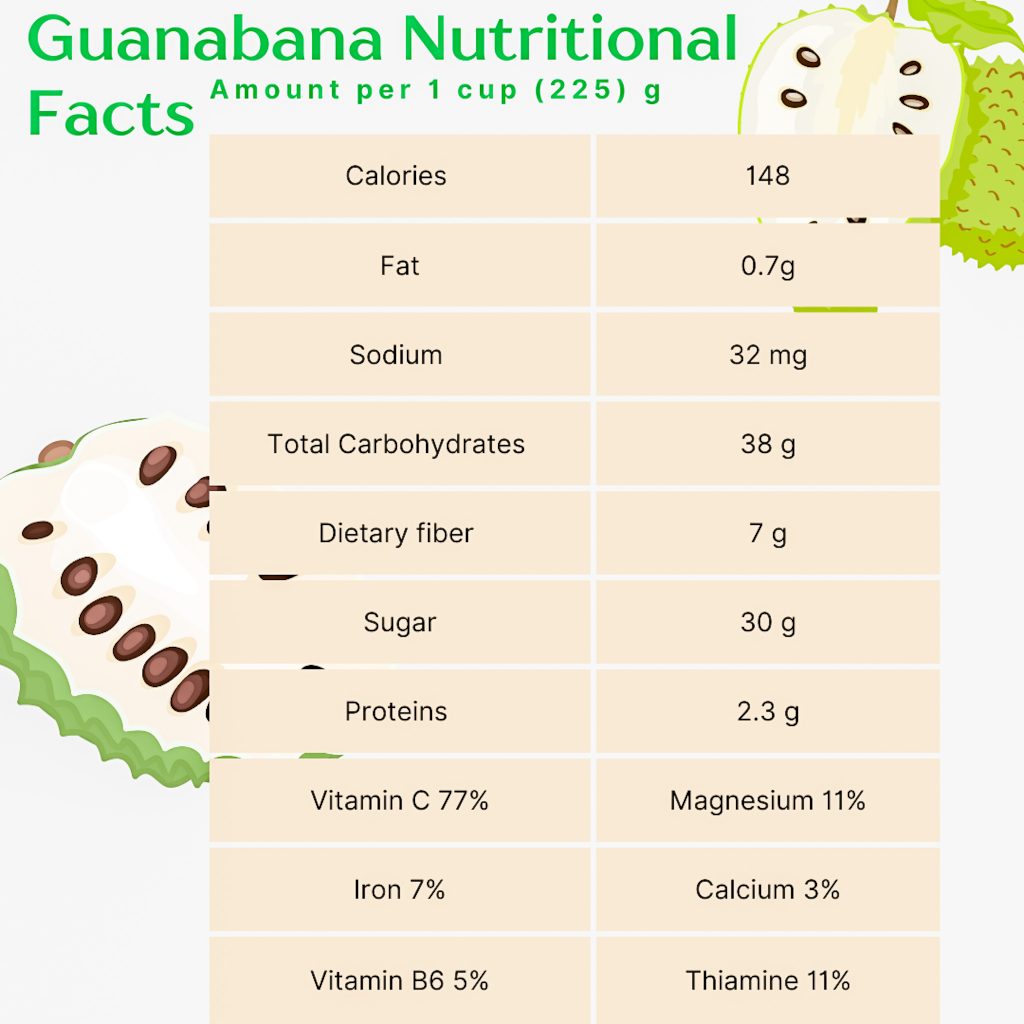
Thanks to the high polyphenol content, regular consumption of guanabana is known to protect the body from cancer, diabetes, and leishmania. However, excessive consumption of the fruit is known to increase the chances of developing Parkinson’s disease due to the neurotoxin contained within the seeds.
Protects Against Cancer
Over the years a number of studies have been conducted to determine the anticancer effects of the guanabana fruit. The fruit itself is high in antioxidant properties, and time and time again, it has been shown that regular consumption of guanabana helps the body fight against the growth of cancerous cells, as well as inflammation. In one particular test on animals, it was found that guanabana was capable of killing off cancerous cells.
Lots of Antioxidants
It’s important for everyone to consume antioxidants on a regular basis. After all, antioxidants are key to protecting the body’s cells from damage caused by free radicals. These free radicals can increase the chances of severe medical conditions such as heart disease, diabetes, and even cancer. Because guanabana is chocked full of antioxidants, the regular consumption of the fruit can help you live a longer, healthier lifestyle.
Amazing Antibacterial Properties
Believe it or not, guanabana is also known to have some amazing antibacterial properties. There have been a number of studies over the years that have used the extract from the guanabana fruit, as an antibacterial. It has been found that the regular consumption of guanabana can help reduce tooth decay as well as gingivitis. The extract has even been used successfully to treat yeast infections.
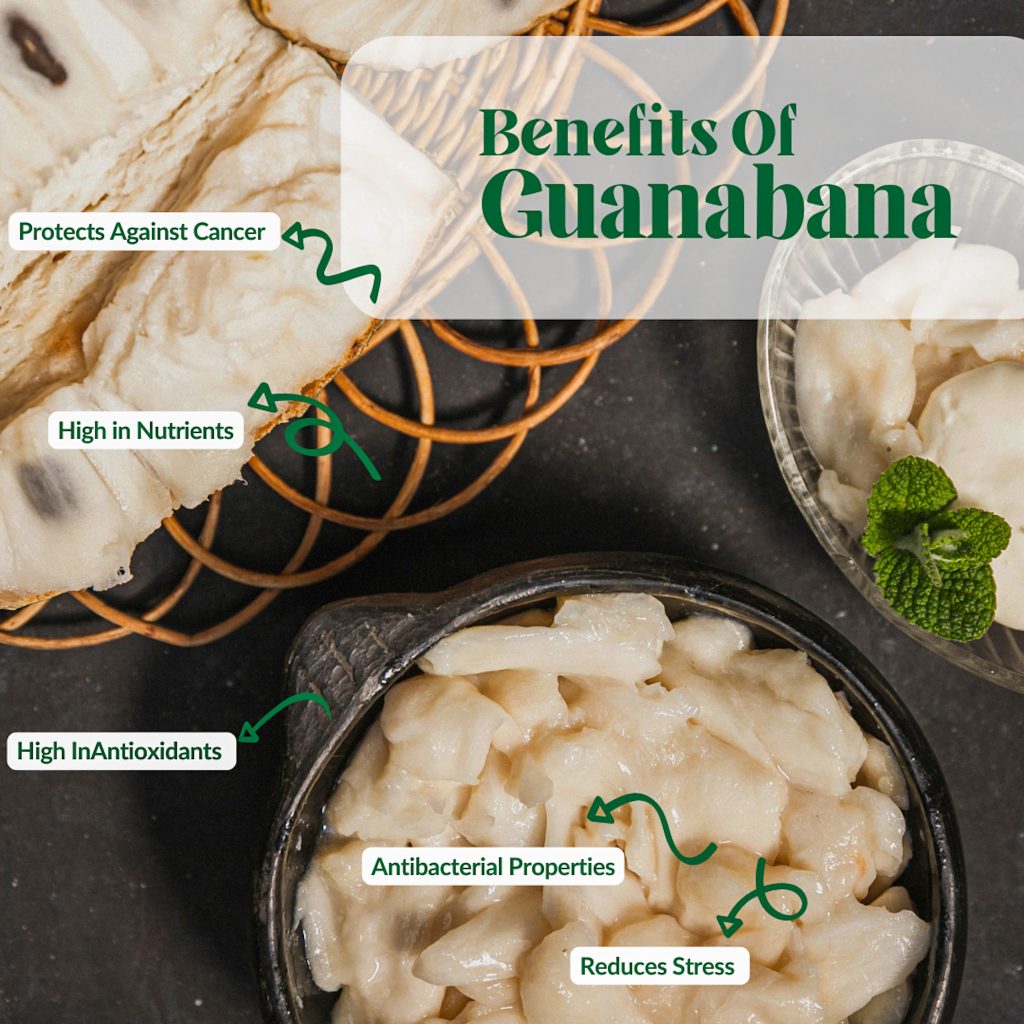
In more recent studies, it was found that consumption of guanabana can also be helpful against Staphylococcus as well as cholera infections. Other studies have shown that the regular consumption of the fruit is great for insulin control, as it helps to reduce blood sugar levels.
Reduces Stress Levels
More interesting, however, is that the regular consumption of guanabana has also been shown to help reduce stress levels. For those who maintain an active and healthy lifestyle, it has been found that the consumption of the fruit can reduce stress levels, reduce the effects of depression, as well as help alleviate certain nervous disorders.
How Do You Eat Guanabana?
Anyone who has ever had the joy of consuming guanabana fruit will tell you just how intense of a flavor it has. It is because of this natural tropical flavor, that most people simply consume the fruit raw. Simply pick a ripe fruit from the tree, cut it lengthwise, scoop out the flesh, and separate the seeds. But, guanabana can also be roasted, as well as made into ice cream.
Don’t Eat the Seeds
Although the seeds of some fruits are perfectly harmless, the seeds of a guanabana are not. It’s important to remember that when consuming any guanabana, make sure to separate the seeds from the fruit. The seeds actually contain a neurotoxin that is known as annonacin. This toxin when consumed even in small amounts can lead to the development of Parkinson’s. Although the seeds are too hard to bite into, accidental ingestion of them is a possibility.
Eat It Raw
Most people who eat guanabana, love to eat it raw. When perfectly ripe, it is very sweet and high in fiber. Its creamy texture makes it easy to eat with a spoon. In fact, you can simply cut open the fruit and start digging out the pulp with your spoon and eat it as is. If you are a little classier, you can always take out your knife and cut it down into bite-size pieces. Another popular way of consuming it raw is to blend the pulp into a creamy paste and make a fruit smoothie with it.
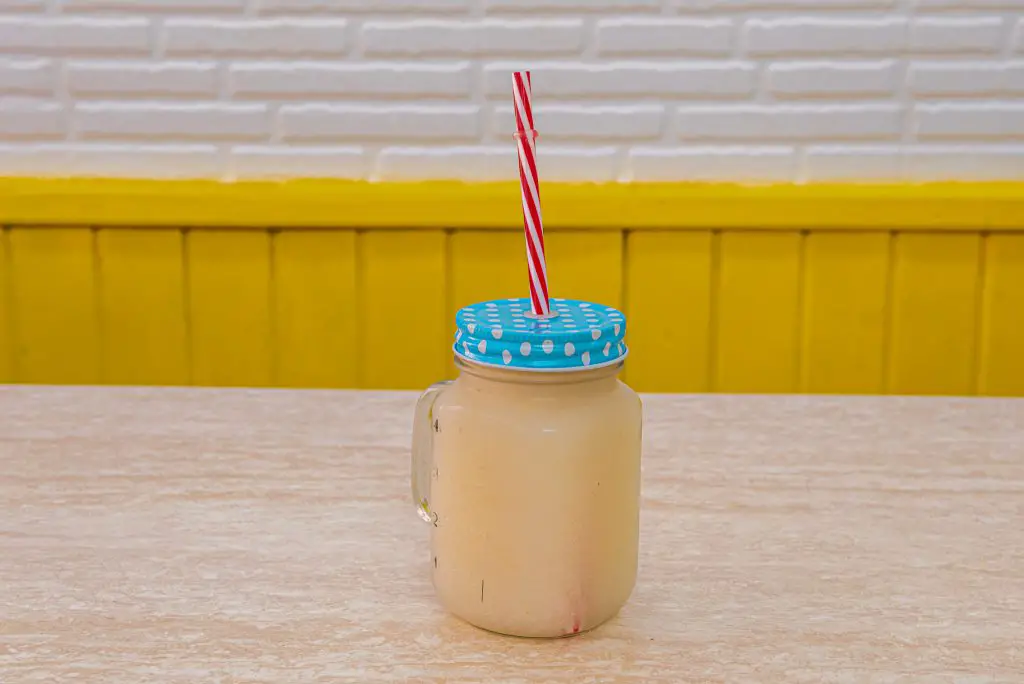
Roast It
In some areas of the world, guanabana is even roasted. Just like a vegetable, the fruit itself can be cut into chunks or even halves, and placed into an oven. Preheat the oven to 350 F, and let the fruit cook for about 20 or 30 minutes. To make it a little sweeter, you may also sprinkle on some cinnamon, brown sugar, or nutmeg prior to placing it in the oven.
Make Ice Cream
Let’s not forget the joy of consuming a delicious tropical fruit ice cream. In some parts of the world, guanabana is readily available. But if you can’t find it in your local store, then you can make it yourself, if you have your own ice cream maker.
The simplest recipe for guanabana ice cream is to mix together 3/4 cup of puréed guanabana, 1 cup of milk, 3/4 cup of granulated sugar, as well as 2 cups of whipping cream. Mix all of this together and add it to your ice cream maker, making sure to follow the instructions provided with the equipment.

But do not worry, because even if you do not have an ice cream maker you can still make your own guanabana ice cream in plastic baggies. Rather than placing the mixture in an ice cream maker, evenly distributed it into Ziploc bags, and place it into the freezer. Every 30 minutes or so, pull each bag out and gently massage it to make sure to thoroughly mix all of the ingredients. By gently massaging every 30 minutes, you will prevent the formation of large ice crystals, allowing you to have silky-smooth homemade ice cream.
Can I Make Tea With Guanabana Leaves?
If you have ever been to Trinidad, then chances are you have seen someone drinking guanabana tea. But this tea is not made from the fruit itself, instead, it is made from the leaves of the guanabana tree. One of the best benefits of guanabana leaf tea is that it helps the body to relax and prepare for bed. It is an herbal sleep aid.
In order to make your own guanabana leaf tea, you will need to have some fresh leaves. Although it’s possible to use packaged leaves, the best result always comes from the younger, freshly picked leaves. Not only are the younger leaves lighter in color, but they are far easier to drink than the older, darker-colored leaves. A lot of this has to do with the chemical composition of the older leaves.
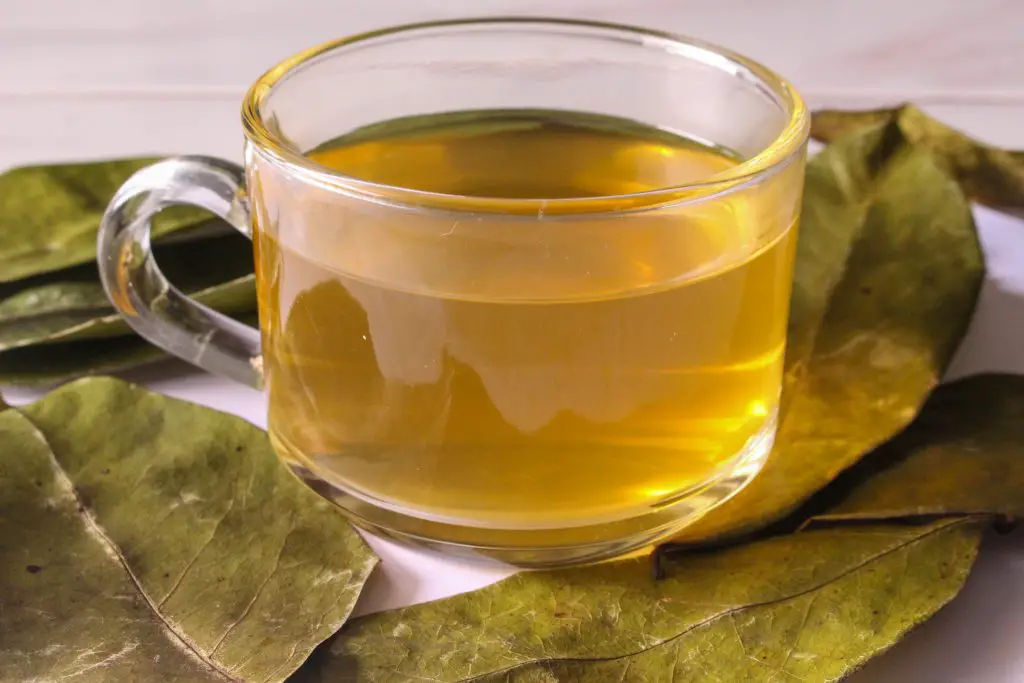
Start by placing a pot of water on the stove, and bring it to a gentle boil. From there, you will want to place 3 to 4 leaves into the pot and let it continue to boil for about 10 to 15 minutes. Keep in mind that the longer you keep the leaves in the water boiling, the stronger the tea will be. If you want a lighter tea, then remove the leaves after only 10 minutes. Likewise, the more leaves you place in the water, the stronger the tea will be.
Once you have removed the boiling water from the stove, it will start to darken as it cools. Unlike Earl Grey tea, you will always want to consume it while it is still warm. This will have a more soothing and relaxing effect, which improves the ability of the guanabana leaves to help you sleep.
Where Do I Buy Guanabana?
For most people in the country, finding a place that actually sells fresh guanabana fruit can be a daunting task. Since it is an exotic tropical fruit, you are more likely to find it at a grocery store where there is a large Latin American immigrant population. Nevertheless, there are also a number of online retailers that sell the fruit and ship it directly to your door.
When purchasing the fruit at a local supermarket or produce stand, it’s important that you take the time to do the squeeze test. If the fruit is too stiff, then it is not yet ripe, and therefore will have a bitter taste. If it is too soft, then it may be too sweet to consume. Much like purchasing a mango or papaya or mamey, you want to make sure that the flesh is just stiff enough.
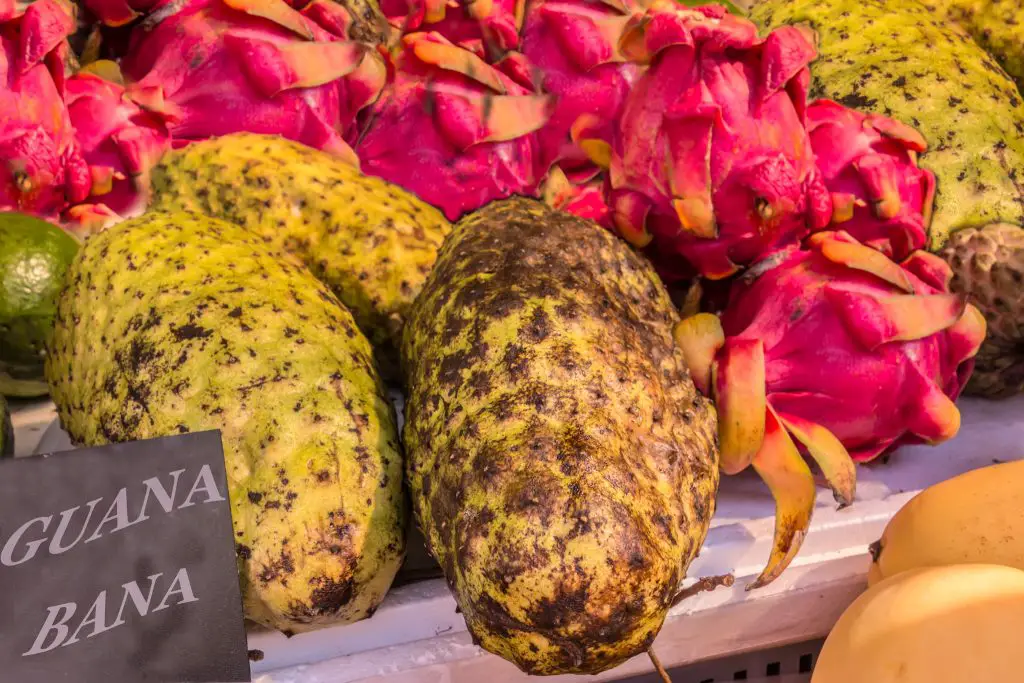
If you are placing an order online, it’s important to make sure that the guanabana you purchase is not yet ripe. As the fruit will be in transit for several days, if it is already ripened, then it has the potential to go bad faster. Purchasing fruit that is not yet ripe ensures that it is ripe by the time it arrives, or shortly thereafter.

Explore the Essence of Cuban Cuisine with Noelle – a devoted culinary enthusiast enamored by Cuban flavors for over 30 years. Guided by her husband’s mami and abuela, she refined her skills using the ‘by eye’ technique, converting cherished recipes into precise culinary treasures. Continuously enriching her expertise, Noelle actively engages in cooking classes, infusing her platform with measured recipes and an authentic taste of Cuban food, inviting the world to savor the essence of this vibrant cuisine.

